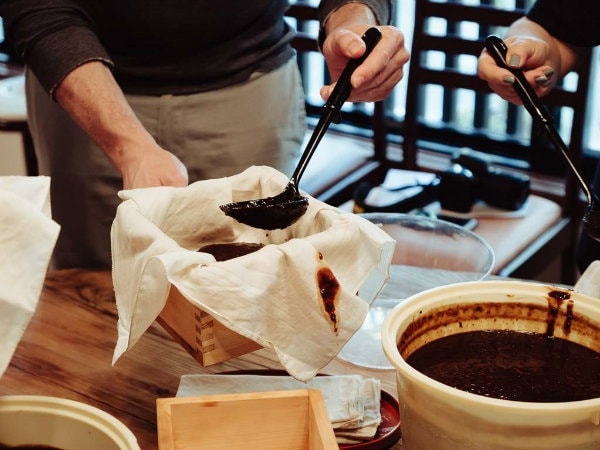An 8-Day Journey Through the 'Rising Dragon'
DAY 2: Saturday
Suruga Bay Ferry (Shizuoka)

This morning we took to the high seas on the Suruga Bay Ferry, traveling from Toi Port to Shimizu Port. It was smooth sailing all the way, and on a clear day you can apparently see Mount Fuji in the distance and dolphins leaping from the water with reckless abandon. Ours was not a clear day, but it was still a pleasant trip, the bracing sea air a refreshing change from the stuffiness of the coach.
- www.dream-ferry.co.jp (Japanese)
Tokaido Hiroshige Museum of Art (Shizuoka)
Arriving in Shizuoka City, we visited the Tokaido Hiroshige Museum of Art. The museum is more or less dedicated to the ukiyo-e (woodblock prints) of esteemed Edo-Era (1603-1868) artist Utagawa Hiroshige, and though my knowledge of ukiyo-e is sketchy (no pun intended) at best, there were a number of pieces I actually recognized, which is testament to the prestigious nature of the collection.
Being a museum, there is also a wealth of information regarding the history of ukiyo-e, interactive elements and even a streamlined “do-it-yourself” ukiyo-e experience. You’ll have a new appreciation for the art when you know how hard it is to get the various elements perfectly in line...
Meijiya Shoyu Factory (Shizuoka)

http://www.travelpod.com/travel-blog-entries/therobertlewis/1/1477939967/tpod.html
For a hands-on experience of the culinary kind, we drove to the Meijiya Shoyu factory in Hamamatsu City to learn what goes into making a bottle of soy sauce (aside from the obvious).
A family-run business for 120 years, now in its fifth generation, the authenticity and earnestness were palpable as we toured the various areas and discovered more about the arduous production process. Following this, young sixth-generationer Shohei took us through the motions to make our very own soy sauce. Thankfully, our process was much streamlined since the prepared moromi mash had already survived the two-year fermentation process, and we only used three cloth filters compared to the the standard 300 (!).
Using miniaturized versions of real factory equipment was still most satisfying, and at the end you get your personally labeled bottle to take home with you. Convenience store sushi will never be the same.



